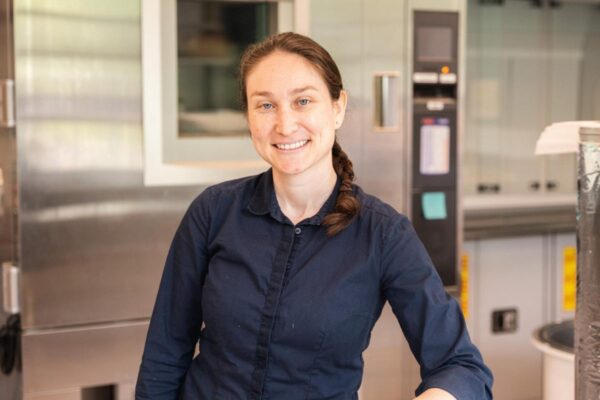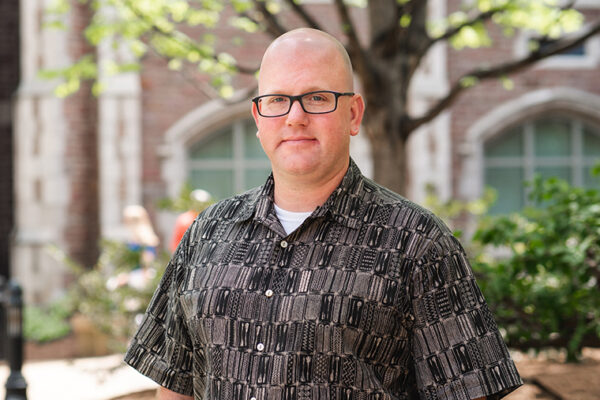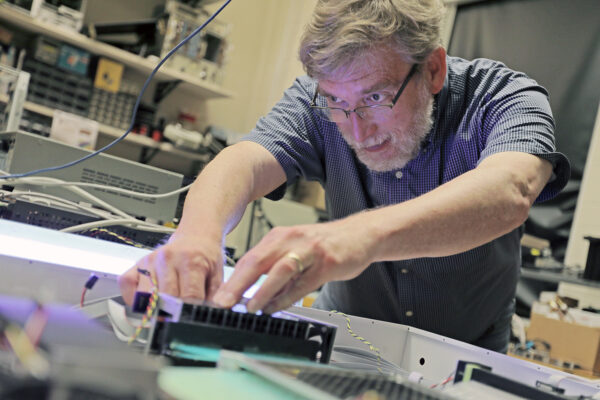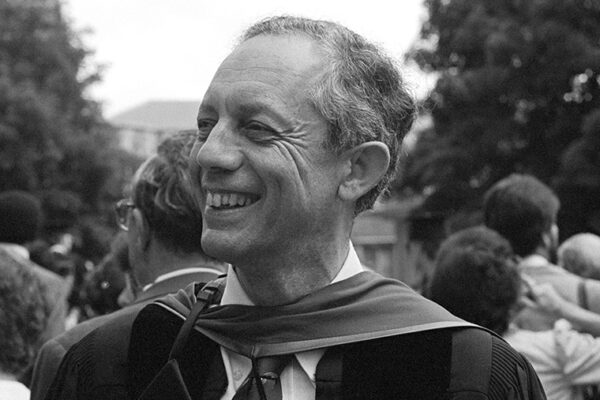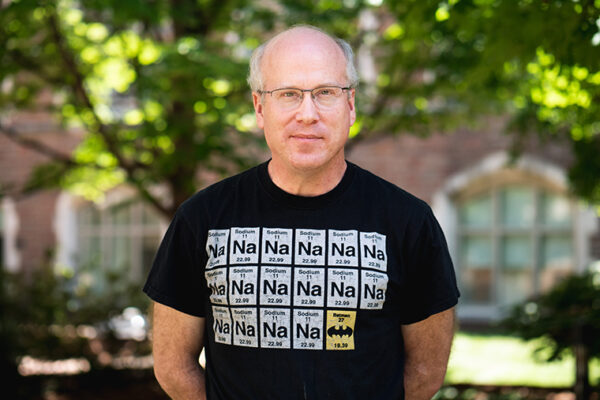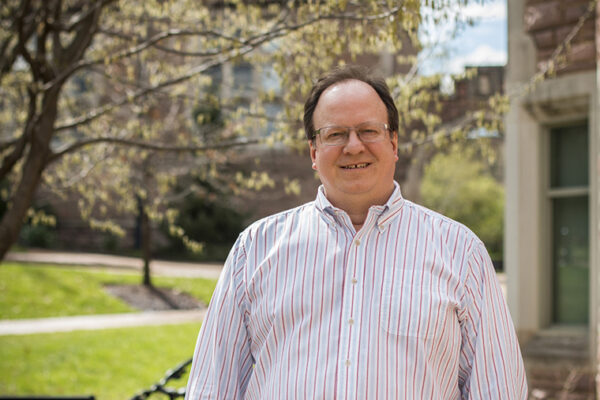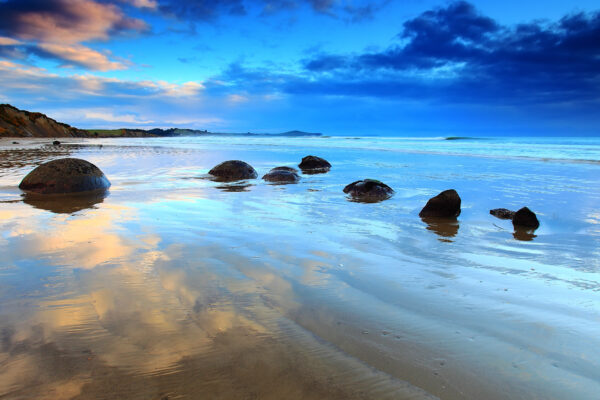Physicist Nagy has leading role in next-gen balloon mission
With NASA’s latest balloon technology, Johanna Nagy in Arts & Sciences is looking 13 billion years into the past, using the oldest light in the universe, to precisely measure the polarization of the microwave sky.
Rauch’s cosmic ray research probes origins of matter in the Milky Way
Brian Rauch, research assistant professor of physics in Arts & Sciences, co-authored a study in Physical Review Letters that suggests that certain cosmic rays move through the galaxy differently. The research addresses fundamental questions about how matter is generated and distributed across the universe.
Buckley awarded $4.9 million to develop gamma ray astronomy mission
James H. Buckley, professor of physics in Arts & Sciences, received a $4.9 million award from NASA to build a demonstration version of a large satellite experiment for gamma-ray astronomy research. Washington University leads the entire effort to develop the instrument, which is planned to launch on a scientific balloon in 2024.
Cohen, Moreland win Earth and Planetary Sciences awards
Maia Cohen and Ellie Moreland, who graduated in May, each received named prizes in special recognition for their academic achievement.
Piarulli receives early-career research award
Maria Piarulli, assistant professor of physics in Arts & Sciences, was selected by the Department of Energy’s Early Career Research Program for her research program, “From Atomic Nuclei to Infinite Nucleonic Matter within Chiral Dynamics.”
Michael Friedlander, professor emeritus of physics, 92
Michael W. Friedlander, professor emeritus of physics in Arts & Sciences, died April 29, 2021, in St. Louis. He was 92.
Nowak, collaborators share new observations of famous black hole
Michael Nowak, research professor of physics in Arts & Sciences, is co-author of a study in The Astrophysical Journal Letters that shares unprecedented observations of the black hole in the galaxy M87.
Wysession receives award for science literacy work
Michael Wysession, professor of earth and planetary sciences in Arts & Sciences, was recently named the winner of the 2021 Geosciences in the Media Award of the American Association of Petroleum Geologists. The honor recognizes Wysession’s many achievements in promoting geoscience literacy and education.
When using pyrite to understand Earth’s ocean and atmosphere: Think local, not global
Scientists have long used information from sediments at the bottom of the ocean to reconstruct conditions in oceans of the past. But a new study from David Fike, professor of Earth and planetary sciences in Arts & Sciences, raises concerns about a common use of pyrite for this purpose.
Life in the time of COVID
In 2020, so much about what we know to be normal came to a grinding halt for the WashU community. One week in March, we’re looking ahead to spring break, and then suddenly it’s an unending hiatus. Yet the work of the university, and its families, goes on.
Older Stories
